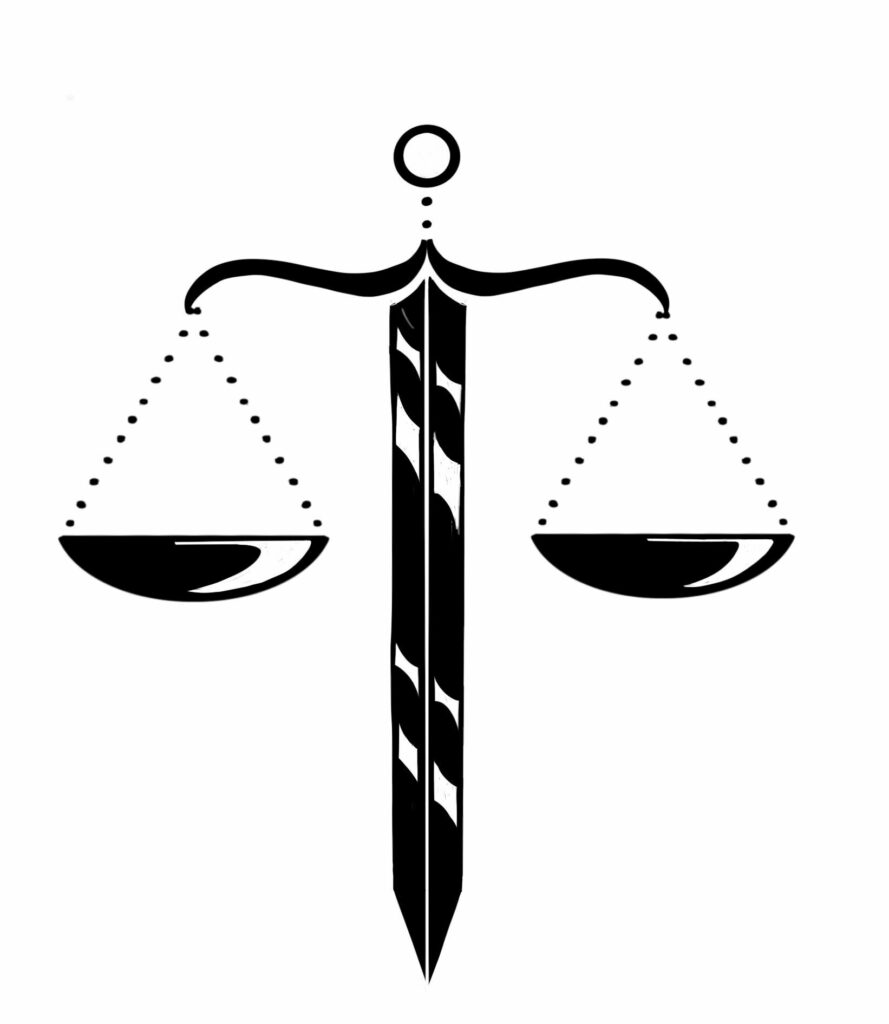In a major win for Indigenous peoples of Canada, the Supreme Court upheld the “Act Respecting First Nations, Métis and Inuit Children Youth and Families” also known as Bill C-92. The law gives Indigenous peoples jurisdiction over child and family services. After the Quebec Supreme Court called the law unconstitutional, the federal court sided with the federal government saying, “the act as a whole is constitutionally valid.”
While having originated in 2019, this bill has had a brief life, however, it is important to understand why it is an important decision made regarding Indigenous reconciliation.
For one, Indigenous children make up 7% of the total Canadian children’s population while 52% of children in foster care are Indigenous. This leaves a high number of Indigenous children with higher chances of suicide, addiction, and incarceration. Before Bill-C-92, it was common for Indigenous children to be placed in foster-care facilities outside of their community. This rapid change is harmful to the growth of the child because the new facility and cultural differences are unlike what they had experienced throughout their early life.

Because the bill outlines “minimum standards of care,” the emotional, spiritual, and physical well-being of Indigenous children are kept at high priority. One way that Bill C-92 does this is by keeping Indigenous children within their community. For example, if a child cannot be with their parents, the bill will look to have them live with other close family members like grandparents, aunts/uncles, and cousins. Having Indigenous jurisdiction over child welfare will also ensure that kids remain in their community if their families are unavailable to care for them. This prioritizes that a child will not have to be outside of Indigenous culture to receive quality care.
Although Bill C-92 does not give full jurisdiction to the Indigenous governments, rather it allows for some overriding power. There will still be negotiations between the Indigenous government as well as the provincial and federal governments. Without this bill, Indigenous governments would not have as big a voice in the welfare of children.
This leads to critiques of Quebec’s appeal. Their stance on the bill was that they should have the right to exercise jurisdiction over child welfare. This jurisdiction shares similarities with the residential school system. As stated before, it would cause harm to a child if they were taken out of their community and placed in an unfamiliar culture that they had not grown up with.
Cindy Blackstock, a member of the Gitksan First Nation is an Indigenous activist and Executive Director of First Nations Child & Family Caring Society of Canada as well as a professor at McGill’s School of Social Work. Before the Supreme Court’s decision was made, Blackstock interviewed with CTV’s “The Social” and spoke upon Quebec’s stance: “It is sending a message that these non-indigenous governments who perpetrated such horrendous harms are the ones that should be caring for our kids.” Blackstock importantly showed that Quebec’s argument is hypocritical given the harm from residential schools.
Having worked within child protection and Indigenous children’s rights for 25 years, Blackstock knows the importance of helping Indigenous children feel as if they belong in their own culture. “First Nations children are best cared for when under those laws from those communities,” says Blackstock, “looking after your kids and raising your kids in a way that they can feel proud of their ancestors and a way that they can feel like they have some positivity in the future, that is just a fundamental human right.”
This decision was a major step in the right direction of reconciliation. The Supreme Court acknowledged that Indigenous peoples have jurisdiction in the foster-care system. This makes sure that Indigenous culture is held to the utmost importance in childhood development. With over 150 years of residential schools in operation, the court upheld that anything remotely close would not happen again. With public pressure, this change was possible to ensure that for Indigenous peoples of Canada to repair their community, it starts by ensuring the well-being of the next generation.





